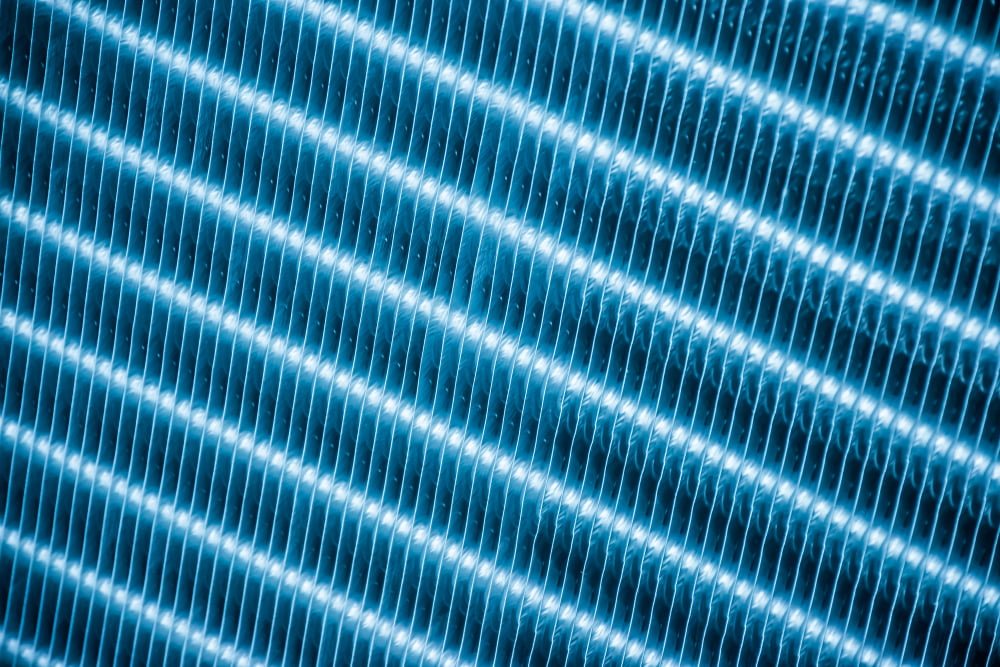In part one of this two-part blog series, we went over some of the issues with claims being made by manufacturers of certain replaceable fin heater systems. These systems, which claim to be more efficient based on replaceable aluminum fins bolted to the CS pipe on the heater, have not been able to back up the claims made by many of their manufacturers to this point.
At Gordo Sales, we’re proud to offer a variety of robust process heating systems and components, from various tote and tank heaters to temperature controls, radiant heaters, gas heaters and numerous other solutions. In today’s part two, we’ll dig into the specific reasons why these replaceable fin heater systems have not performed in the ways their creators hoped, plus why these are risky items to purchase for your process heating needs.

For starters, the replaceable nature of the fins in these heating systems means they are not welded directly to the pipe component. Rather, they are bolted on and held in place by a metal band – for one, this band is susceptible to cracking and breaking.
For another, a non-welded connection is not as efficient at conducting heat. Even if the metal band has not broken, the system will be less efficient – and over enough time, the fins will fall off due to the poor connection.
Down related lines, the material that comprises these removable fins is generally not the same as the pipe they’re being applied to. They’re produced using aluminum, but then are applied to pipes made from corrugated steel or related materials.
These metals do not come with the same thermal expansion levels. This means that when heat is infused into the system, gaps will form and the heat will not be transferred to fins. They might as well be plastic in many of these cases, because they’re providing virtually no value.
The type of finned pipe used in these systems has a heat transfer coefficient roughly half that of the helically wound fin placed in the tank. This means it takes twice the surface area for this pipe to do the same heating as a helically-wound fin.
Finally, these longitudinal fins – when placed horizontally – lead to stagnant flow areas and increased likelihood of coking. This is in direct opposition to manufacturers of these products, who claim coking is less likely. A helical wound fin that’s continuously welded to its pipe, on the other hand, is far less prone to coking in addition to a more desirable heat transfer coefficient.
For more on the issues with replaceable fin heater systems, or to learn about any of our immersion heaters or other products, speak to the staff at Gordo Sales today.